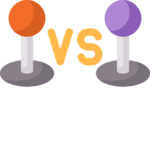 What is a Basketball Foul?
What is a Basketball Foul?
Fouls in basketball are inevitable whether you play offense or defense. A foul is any act committed by any offensive or defensive player that results in unwarranted contact. Understanding the rules is vital to avoiding fouls when you play the game. Officials will call different fouls in a game. When a referee blows the whistle, the hand signal will tell if it is a personal foul, flagrant foul, technical foul, or violation. Smart players and coaches use fouls to their advantage, and it can spell the difference between winning or losing a game.
Fret not; we discuss fouls and violations in basketball in this material to help you avoid committing fouls yourself.
 How Fouling Works in Basketball?
How Fouling Works in Basketball?
Basketball is a game with rules followed by members of two opposing teams to make the game exciting and orderly. Referees will call a foul whenever any player on the court commits an infraction.
Fouling plays a critical role in winning games, especially during crunch time and playoffs. Intelligent coaches and players use fouls to gain a competitive advantage with little room for error. Fouls can be an ally or an adversary, depending on the application in the game. It’s a simple complication where the outcome of a game might rest on a single foul.
When a player steps on the court, you can count these four basic fouls that he’ll likely commit.
- Foul #1- A call for playing defense.
- Foul #2- A bad call.
- Foul #3- Charging or blocking foul,
- Foul #4- A foul for strategy reasons.
A player who commits a useless or a lazy foul will place himself on the brink of fouling out since the basic fouls are coming. That puts a hole in the defense, and an intelligent player will attack at every opportunity.
 What are the Types of Basketball Fouls?
What are the Types of Basketball Fouls?
There are myriad types of fouls in basketball. When the referee blows the whistle with a sharp blast, hand signals follow, indicating the violation and how the ball will be put into play. Here is a list of fouls in basketball commonly called during a game.
What is a Personal Foul in Basketball?
A personal foul violates basketball rules regarding illegal physical contact either on offensive or defensive plays. Most fouls are minor, but a threshold varies depending on the type of foul made and how the officials view it.
Here are some personal fouls that we often see on the court.
Charging
A charging foul is when an offensive player charges through their defender who has established their position facing their opponent with both feet planted on the ground. The defender must act the contact to sell the call.
Blocking
A defensive player has not established the proper position and gets in contact with an offensive player to obstruct their motion.
The defender reaches in to steal the ball, making contact with any part of the offensive player’s body.
Illegal screen
Screeners must be stationary; they should not lean or intentionally contact a defender. An illegal screen is sticking out a foot, leg, or arm by the screener to impede the defensive player’s movement.
Over the back
The defender jumps over the back of the opponent, trying to get the ball during a rebound play.
Holding
A defensive player holds his opponent to stop free movement on the court. When a defender gets left behind, he tries to slow the opponent by grabbing or holding.
Pushing
Pushing is an attempt to make an opponent lose his balance. However, some players overreact or flop by falling over from a slight nudge to get the referee’s attention.
Tripping
Tripping uses the leg or foot to put an opponent in an unstable position and is likely to fall.
Elbowing
The use of elbows to knock an opponent or push him out of position.
Illegal hand use
Hands contact another player’s hand to block a shot or steal the ball.
What is a Team Foul in Basketball?
Team fouls are the combined fouls committed by a team in a certain period. Both organizations reset the team fouls to zero after every quarter, college teams start at zero after the first half, and high school teams reset to zero after the first half and at the beginning of overtime. The NBA does not count technical and offensive fouls to the team’s foul limit; FIBA does not include offensive fouls.
NBA rules specify that a team enters a bonus penalty situation if they commit a fifth foul in the quarter. Two free throws will be awarded to the fouled player. A team with zero fouls in the final two minutes needs to foul twice for their opponent to get two bonus shots.
FIBA follows the same rules as the NBA, awarding two free throws on the fifth team foul in a quarter.
College teams enter the bonus one and one penalty situation in the 7th, 8th, and 9th foul in a half. The free-throw shooter gets to shoot another foul shot if he makes the first. A fouled player is awarded two free throw shots on the tenth foul. Offensive fouls are not counted as team fouls.
High school teams enter the one and one penalty on the 8th foul in a half.
What is a Technical Foul in Basketball?
Technical fouls do not come from contact with players on the court but on infractions outside of live-action. A technical foul results in a free throw and ball possession to the other team, and two technical fouls on the player results in automatic ejection from the game. NBA referees can call a technical foul on players on the court or the bench, and the coaching staff for these reasons:
Excessive timeouts
Each team can call seven timeouts during regulation play and two team timeouts during overtime. An excess timeout will be granted, and a technical foul will be slapped.
Delay-of-game
The first violation merits a warning, and succeeding violations are assessed as technical fouls.
Number of players
Each team should have five players on the court; the referee will give a technical foul n to the team without the required number of players.
Basket ring, backboard, or support
Hanging to the basket ring, backboard, or support is not allowed during a game.
Conduct
Conduct violations are judgment calls made by the referee for any player on the court or on the bench that they deem will be detrimental to the game.
Fighting
Fighting fouls are deemed technical fouls, and the referee will automatically eject the player(s) or coaching staff involved in the scuffle. No foul shots will be awarded. The team with ball possession will retain control; a jump ball at the center circle will be called if no team has control.
The NBA Commissioner’s discretion is to impose a fine not exceeding $50,000 and/or suspension on the player(s).
What is a Shooting Foul in Basketball?
A shooter is awarded three free throws if he is fouled beyond the three-point arc and two gift shots if he is fouled within the two-point area. And One will be granted to a fouled player who makes the shot with an opportunity for a bonus point at the free-throw line.
What is a Flagrant Foul in Basketball?
Flagrant fouls use excessive force, are violent, unnecessary, and have no place in basketball. When committing the flagrant foul, the player intends to target the man and not the ball that could injure or hurt the other player, including punching, shoving, or kicking.
There are two types of flagrant fouls.
Flagrant Foul Penalty 1
Flagrant Foul Penalty 1 (FF1) is the lesser of the two evils, and the official determines if the offender commits unnecessary contact but not excessive. Offending players stay on the court, and they get ejected with two in a single game. The fouled player gets two gift shots and ball possession.
Flagrant Foul Penalty 2
An unnecessary and excessive foul committed by a player is classified as a Flagrant Foul Penalty 2 (FF2). The offender is automatically ejected from the court, and two free throws and ball possession for the offended party.
Referees use instant replay to determine if the incident fits the criteria of a flagrant foul. The officials will make a final ruling and sanction appropriate penalties based on the review..
- FF1 or FF2
- Foul but not flagrant
- Technical foul
In a game on November 21, 2021, Lakers’ LeBron James’ sharp elbow caught the face of the Detroit Pistons’ Isiah Stewart, causing blood to ooze from a cut. Both players got an FF2 and were suspended for one game, James for the infraction and Stewart for his actions falling below the NBA code.
 What is the Most Common Type of Basketball Fouls?
What is the Most Common Type of Basketball Fouls?
Basketball is a contact sport; players on the court cannot avoid using physical force to gain an advantage. And when bodies come in contact, some violations are not acceptable in the basketball game. These are personal fouls, the most common basketball fouls covered by rules to keep the game exciting, high-energy, fast-paced, and safe.
Personal fouls can be divided into two categories, namely offensive and defensive fouls. Most fouls are committed on defense, but there are also offensive fouls.
Typical Defensive Fouls
Blocking
A blocking foul will be called when a player uses his body to restrict the opponent’s movement. Usually, defensive players try to draw a charge but fail to do so if their feet are not planted or initiate contact.
Hand Check
Players are busy with their hands trying to steal the ball or check the movement of another player.
Holding
A player holds onto another player to impede movement.
Typical Offensive Fouls
An offensive player sticks out a limb and comes in contact with a defender in an attempt to block the path.
Charging
An offensive player runs over a defensive player who has established a defensive position.
Moving Screen
When setting the screen, a player should remain stationary. Any slight movement to block your opponent will cause a moving screen foul.
 How to Draw More Fouls in Basketball?
How to Draw More Fouls in Basketball?
In basketball, drawing fouls will tip the game in your favor. If you get fouled when shooting, the referee awards you two free throws, a foul on the defensive player, and a team foul. As the game progress, opposing players foul out, and the team reaches the penalty situation giving your team more opportunities to score at the free-throw line.
Here are some of the ways to draw fouls.
Driving to the hoop
The simplest way of getting fouled is by dribbling and driving to the rim. Head-faking, speed change, spin moves, and killer dribbles will catch your opponent flat-footed as you push hard to the basket. Defenders will try to reach out for the ball or block your path resulting in fouls.
Pretend that you’re going to shoot; this will draw the defender, causing him to hit you. Smart players lean slightly forward, forcing the defender to make contact.
Force a reach-in
Holding the ball low in front or on the side will tempt the defender to swat the ball. As he reaches, lift your arms to take a shot, forcing contact, you might wind up with an And One or gift shots.
Take a charge
If a player outwits your teammate off the dribble, you can take a charge, moving into the opponent’s path and planting both of your feet on the ground before the offensive player comes and runs into you. Be sure to position outside of the half-circle under the hoop to take a charge.
 How Many Fouls Can You Commit in Basketball?
How Many Fouls Can You Commit in Basketball?
Depending on the league, a player fouls out and leaves the game if he reaches the limit. Coaches pull out players before they get the limit and put them back if needed.
NBA
A player is in foul trouble if he gets four or five fouls and leaves the game after receiving his sixth foul. Two technical fouls also send a player to the showers.
FIBA
After receiving five fouls, a player is removed from play, including personal and technical fouls.
College
After committing his sixth foul, a player leaves the game, including personal and technical fouls. Players committing two technical fouls or one flagrant foul are disqualified.
High School
Like college basketball, a player is disqualified after five fouls or commits two technical fouls or one flagrant foul.
 What is the Difference Between Fouls and Violations in Basketball?
What is the Difference Between Fouls and Violations in Basketball?
Basketball is a game played based on rules. Teams and players have to abide by the rules; any infraction can result in fouls or violations. Rules on fouls and violations give equal opportunities to both the teams, keep the game exciting, and can change the outcome of the match.
Most fouls are physical and happen on defense, but unsportsmanlike fouls require a technical call, like yelling or badmouthing an official or another player. Personal and team fouls are counted. Penalties that are applied include free throws, change of ball possession, or removal from the game.
Violations are mostly offense-related, resulting in a change of possession. They are not counted as a total.
Check out this list of fouls and violations in basketball commonly committed in a game.
| Fouls | Violations |
| Holding | Traveling |
| Illegal or moving screen | Palming the ball |
| Hand check | Double dribble |
| Reaching in | Held ball |
| Tripping | Backcourt or over and back |
| Elbowing | Kicking |
| Charging | Free throw violation |
| Blocking | Various time restrictions:
|
| Technical foul | Excessive timeouts |
| Flagrant foul | Delay-of-game |
| Over the back | Number of players |
| Illegal hand use | Goaltending |
| Pushing | Lane violation |
| Loose ball | Three in the key |
| Out of bounds |
Wrapping Things Up: What is a Basketball Foul?
Basketball is a physical sport, and coming in contact with an opponent on the court cannot be avoided. Knowing fouls and violations in basketball is a step towards improving your game. Referees will blow the whistle on any infraction committed by a player on the court.
A foul can spell the difference between winning or losing a game.
In a late-game situation, the offensive team is down by two. The options are shooting a trey for an outright win, driving to the hoop and fishing a fowl for two free throws, or making an attempt and hope for And One.
Smart players like Ja Morant have all these options covered. Morant begins his offense with his dazzling dribble, drives to the hoop, swirl in the air, and switches the ball from the left to the right hand. He either makes the shot, get fouled for two gift shots, an And One, or pass to an open teammate.
We hope you enjoyed this post! If you did, be sure to check out our other basketball FAQ articles here.
You might also be interested in our posts about:
> What is a Crossover in Basketball?

 What is a Basketball Foul?
What is a Basketball Foul?
 How Fouling Works in Basketball?
How Fouling Works in Basketball?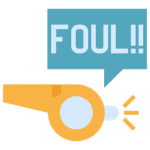
 What are the Types of Basketball Fouls?
What are the Types of Basketball Fouls?
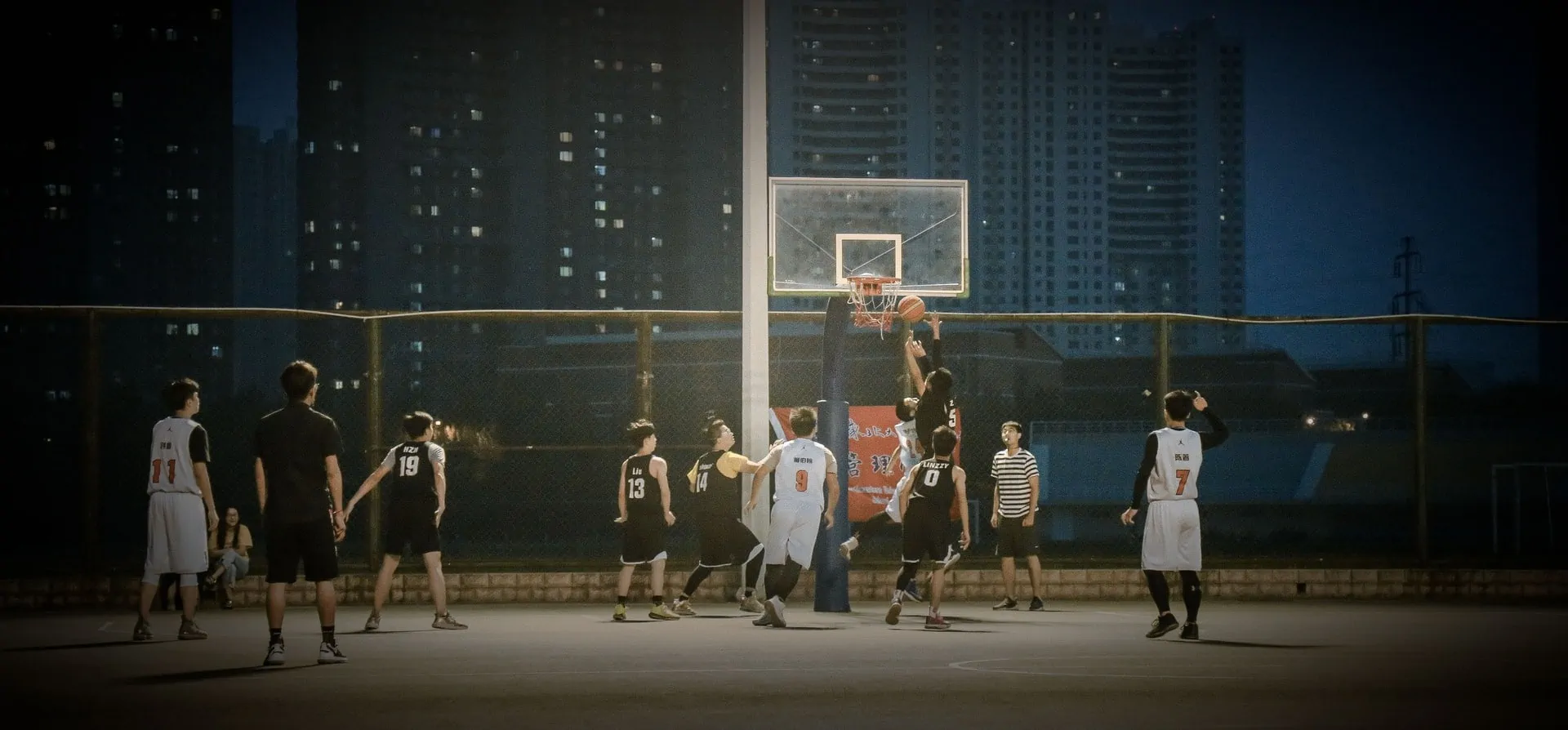
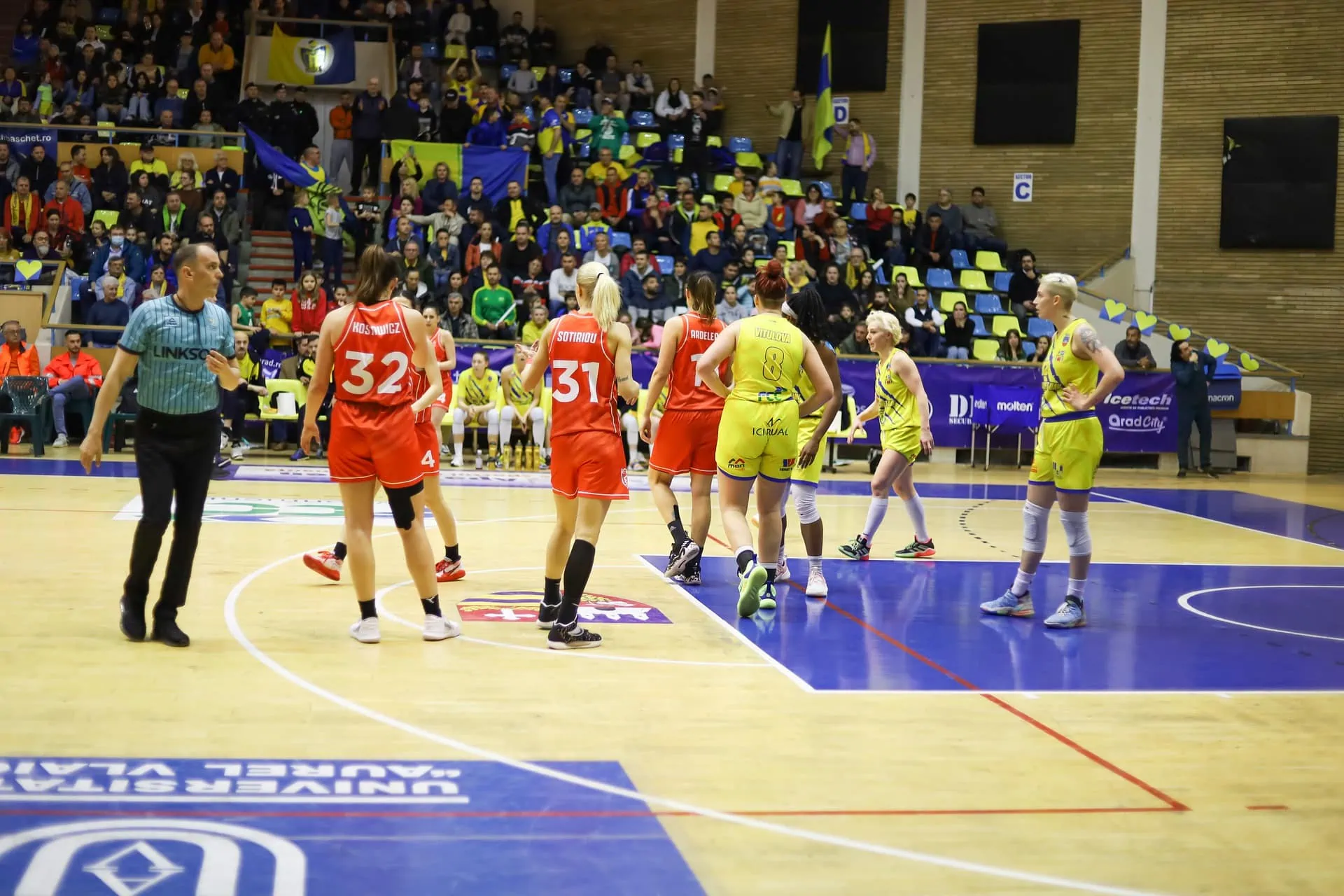
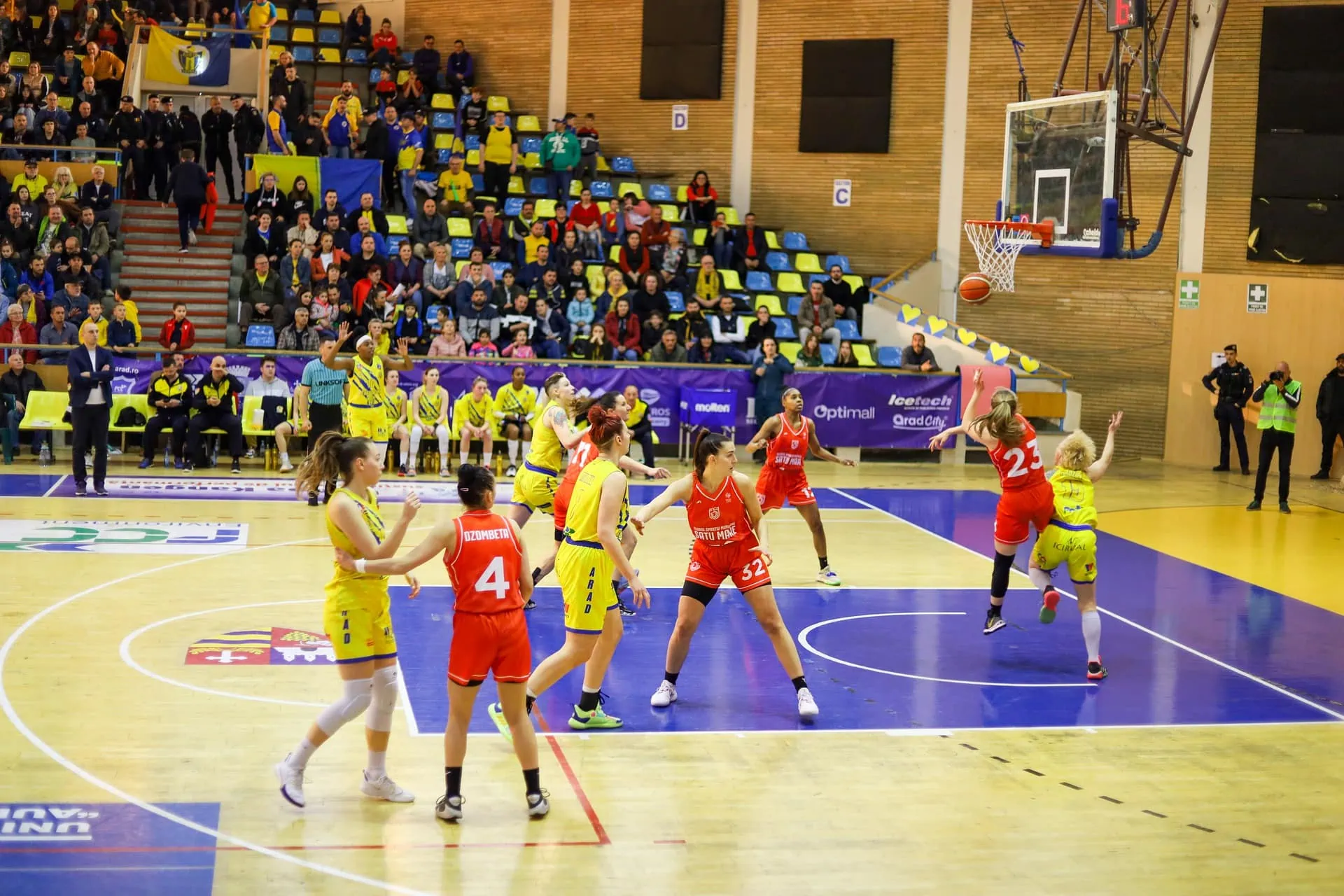
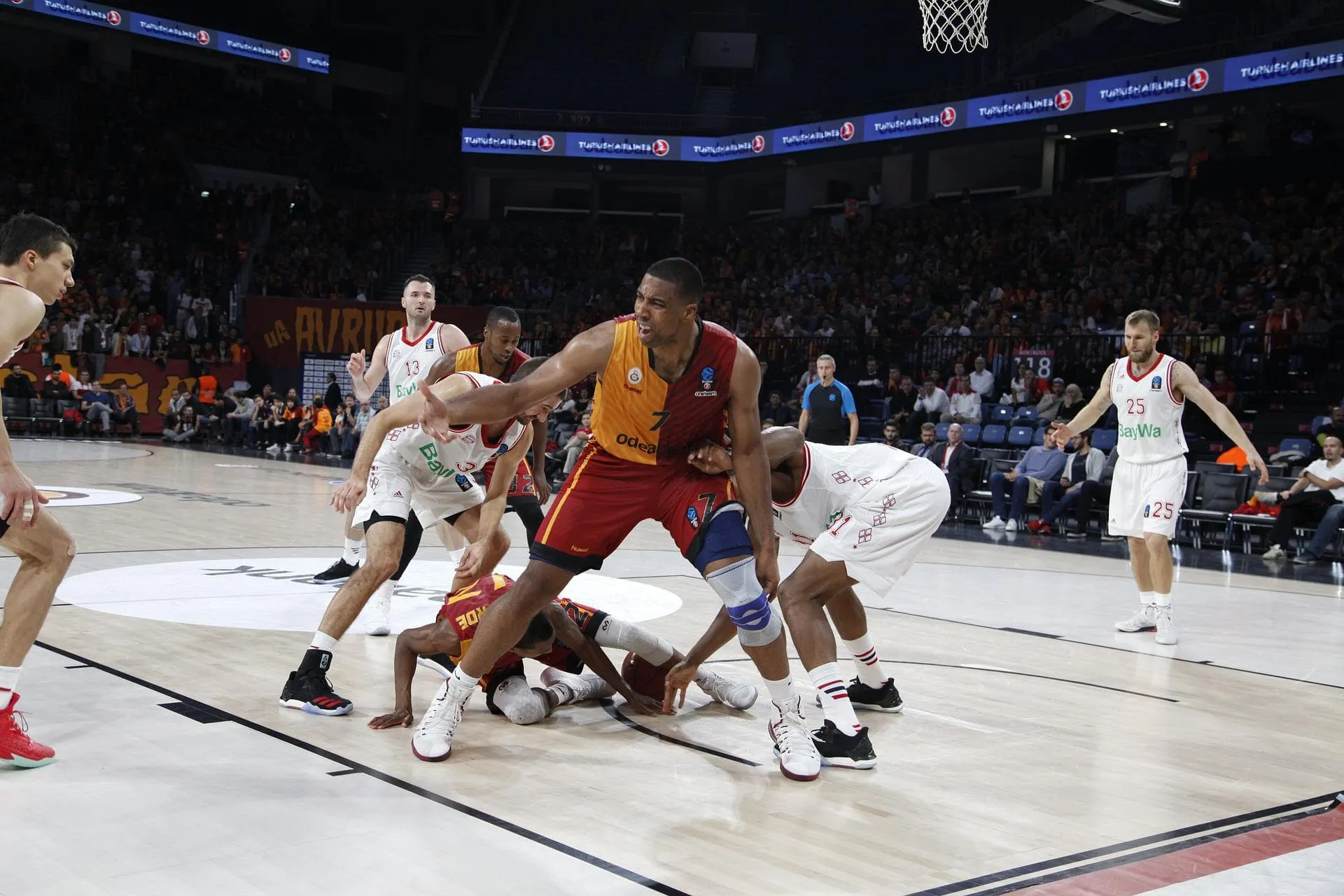
 What is the Most Common Type of Basketball Fouls?
What is the Most Common Type of Basketball Fouls?
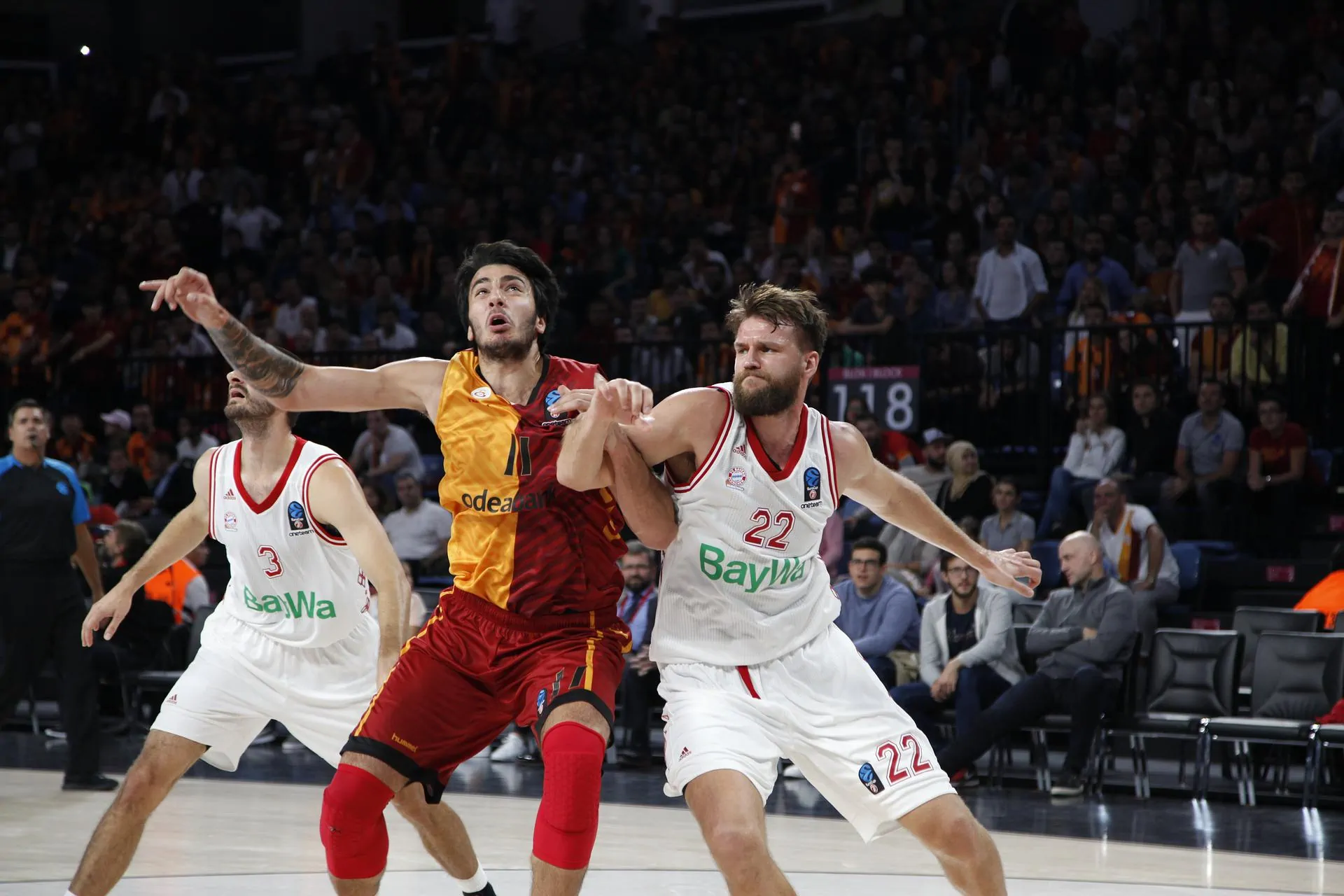
 How to Draw More Fouls in Basketball?
How to Draw More Fouls in Basketball?
 How Many Fouls Can You Commit in Basketball?
How Many Fouls Can You Commit in Basketball?
 What is the Difference Between Fouls and Violations in Basketball?
What is the Difference Between Fouls and Violations in Basketball?